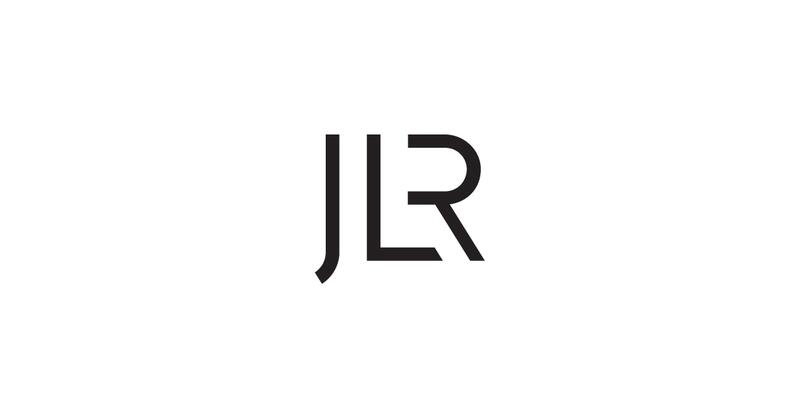Benefits
Overview
Scaling to meet the demands of a global team of developers is critical for doing impactful, valuable work. When JLR faced challenges around scaling its software factory, it migrated its solution to Amazon Web Services (AWS). With increased scalability and performance, the company empowered its developers to deliver better solutions to customers faster.

About JLR
JLR is a house of distinct, global brands—including Range Rover, Defender, and Discovery—that embrace modernist design philosophies and are emotionally compelling and unique.
Opportunity | Using Amazon EKS to Improve Performance for JLR
JLR, founded in 1922, is a British automotive company dedicated to excellence, premium design, and world-class engineering. As a global business operating in more than 170 countries, JLR harnesses innovative cloud technology to bring worldwide teams together.
JLR accelerates innovation through its software factory, a solution that provides a common architecture for engineers to develop the functionality and security of JLR’s software-defined vehicles. “The idea was a solution to speed up everything that DevOps does,” says Ronan O’Brien, a DevOps engineer at JLR. “By introducing continuous integration and continuous delivery, our pipelines could run code faster.”
The software factory standardized the encapsulation and deployment of software using containers while leaving manual overhead for orchestration, deployment, and testing. It began as a small project, but quickly evolved with the addition of Kubernetes as its orchestration layer, which improved the automation of containerized workloads. Soon, the software factory included half a million pipelines used by thousands of developers for running different applications—and JLR projected that it would keep growing. That increasing complexity made it a challenge for JLR to cost-effectively scale and maintain the runners orchestrating the jobs performed in the software factory.
To address these challenges, JLR tested ideas for scaling its existing infrastructure, but ultimately decided that doing so would require too much ongoing maintenance. Instead, JLR decided to migrate to Amazon Elastic Kubernetes Service (Amazon EKS)—a managed Kubernetes service to run Kubernetes in the AWS cloud and on-premises data centers. It used Amazon EKS along with Karpenter, an open-source auto scaling solution that was donated to the Cloud Native Computing Foundation in 2023.
Solution | Hosting 99 Percent of Developer Use Cases
JLR’s initial migration to Amazon EKS went smoothly. The company first migrated several developers using bigger runners, and then spent 6 months testing scaling, fixing issues, and gathering the values that it needed to set replicas. Releasing the full solution was fast and simple. The company completed the process in October 2023, and it had Karpenter fully implemented by January 2024. “Migrating to AWS was seamless compared with other migrations we’ve done before,” says Colin O’Sullivan, a DevOps engineer at JLR. “Now that the solution is running, we don’t have as much to manage.”
More than 4,000 developers use the software factory to host their workloads. Previously, the software factory could support only 90 percent of workloads at most. After migration, it can host 99 percent of the developers’ use cases. “Previously, we had workloads that were difficult to support,” says O’Brien. “Using Amazon EKS and Karpenter, the number of use cases we can’t support is very small.”
With Karpenter automatically scaling JLR’s runners up and down, JLR now has more reliable infrastructure supporting its pipelines. By June 2024, the software factory had grown from half a million pipelines to two million, and the JLR team was confident it could scale to meet any demand. “If somebody threw 10 million pipelines at me in the morning, I wouldn’t be worried about the runner standing up the infrastructure,” says O’Brien. “Using Amazon EKS, there’s virtually no amount of code we can’t run and no number of developers we can’t support.”
In addition, using AWS gives developers the capability to optimize workloads by giving each one the compute resources it needs. Developers can now independently stand up new runners and allocate new machines. Using Amazon EKS and Karpenter, the team has also reduced build time for some application pipelines by 95 percent—from 1 full day to a mere 1 hour and 15 minutes.
JLR unlocked additional business benefits by migrating to Amazon EKS and Karpenter. The company not only significantly scaled up its infrastructure without raising costs but also lowered operational overhead. Plus, JLR’s team has achieved a higher level of productivity. “As a team, we’re now more focused on how our pipelines and automation work rather than worrying about the infrastructure underneath it,” says O’Brien. “Because we spend far less time supporting runners, we can do higher-value work.”
Outcome | Delivering Solutions to Customers Faster
Using Amazon EKS and Karpenter, JLR has significantly sped up the software development process. The increase in speed means that JLR’s customers receive bug fixes and feature updates faster than before. The JLR team already has plans to further enhance its software factory to deliver even better results to its customers.
Specifically, JLR is focused on standing up specific runners for unique use cases. It will also optimize costs using Amazon Elastic Compute Cloud (Amazon EC2) Spot Instances, which help developers run fault-tolerant workloads at up to a 90 percent discount. Additionally, the company is pursuing artificial intelligence solutions for optimizing workloads and increasing developer productivity.
“Previously, we had reached critical mass problems a couple times that made adding more developers a challenge, and we had to reinvent our solution,” says O’Brien. “Now, I don’t see a point where this solution will start to struggle—and that’s in large part because of our use of AWS.”

Using Amazon EKS, there’s virtually no amount of code we can’t run and no number of developers we can’t support.
Ronan O’Brien
DevOps Engineer, JLR